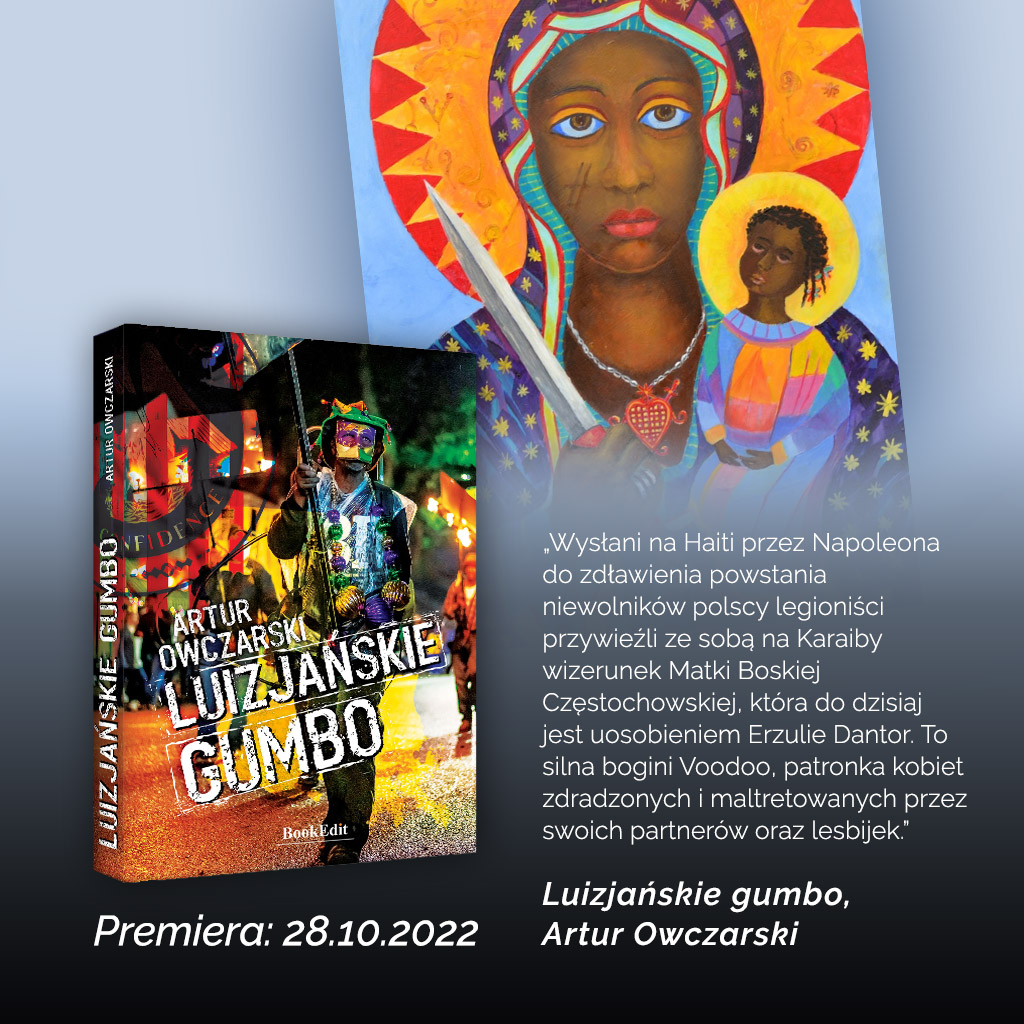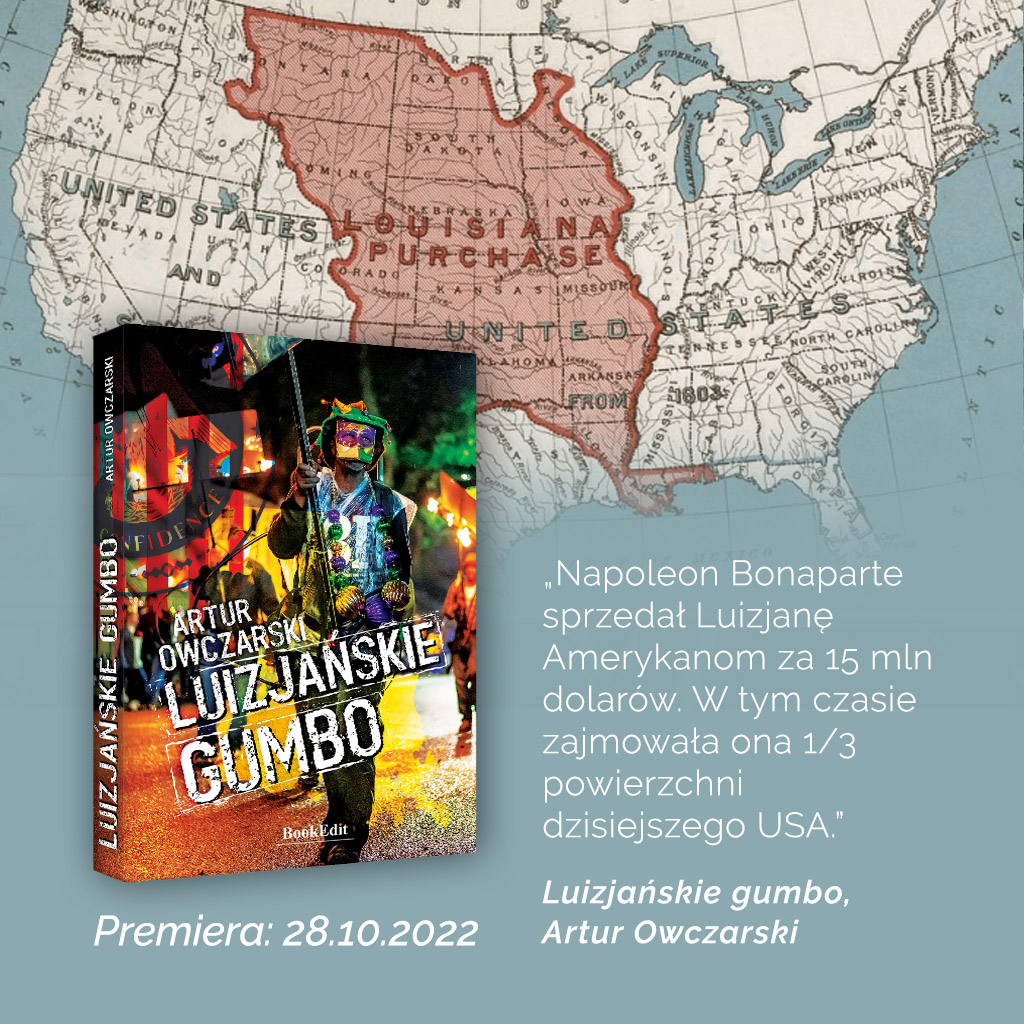
Louisiana Gumbo
Gumbo is the official dish of Louisiana, but its inclusion in this book goes beyond that distinction. The dish uniquely symbolizes the state’s ethnic diversity. Gumbo can include virtually anything: seafood, chicken, mixed meats, rice or potatoes, and a variety of vegetables. It’s a melting pot of ingredients, a blend of flavors, a mix, a stew, a soup—a declaration of diversity and an explosion of complexity. Louisiana, much like gumbo, is a mixture of influences, shaped over centuries by American Indians, European settlers, Africans, and Caribbean immigrants.
African traditions, deeply woven into modern American culture, flowed into the United States through major slave ports like New Orleans. The fusion of African, European, and Indigenous civilizations created a uniquely diverse society. This blend has made Louisiana a global phenomenon—a place rich in culture, where history reveals that peaceful coexistence can lead to acceptance, assimilation, and eventually a shared sense of identity. This dynamic is exemplified by today’s Creoles.
However, along this path of cultural melding, humanity has also brought with it the darker aspects of its history: slavery, racism, persecution, wars, exploitation, and segregation. Yet, for those who can trace their heritage to a German baker, an Indigenous warrior, an African enslaved person, and a French aristocrat, diversity is not just an abstract concept—it’s a lived reality.
Gumbo itself reflects this history. Some thicken it with okra, introduced by African slaves; others use filé powder, a seasoning made from ground sassafras leaves, which came from Indigenous tribes. Cajun gumbo often uses a roux—a mix of oil and flour introduced by the French. The dish varies so widely that distinct regional differences emerge even within the smallest parishes.
Don Vappie, a New Orleans musician I interviewed for this book, shared an insightful metaphor for the city’s diversity. He compared New York and New Orleans as two culturally rich cities but noted an important distinction:
“Someone from New York once said to me, ‘We have every nationality in the world in our city. Haitian neighborhoods, Italian, Pakistani—you name it, they’re here. It’s the most culturally diverse city in America.’ I get that. But here in New Orleans, there’s a difference. New York is like a can of vegetables. When you pour it out, you can distinguish the carrots, peas, and beans—they sit side by side. But if you open a can representing New Orleans and pour it out, everything’s blended. You can’t tell the carrots from the peas anymore—they’ve been together so long that they’ve become one. That’s who Creoles are today.”
Highlights from Louisiana Gumbo book:
Deep South Legacy: Read firsthand accounts from individuals who lived through segregation, including descendants of slaves and their owners.
Voodoo and Spirituality: Explore the perspective of a New Orleans voodoo priestess.
Alligator Hunters: Peek into the lives of these swamp dwellers and learn their tricks to evade government scrutiny.
Culinary History: Meet the proprietor of the first fine-dining restaurant for Black patrons in New Orleans, where figures like Martin Luther King, Barack Obama, and George Bush have dined.
Vietnamese Influence: Discover how the Vietnamese came to dominate shrimp fishing in the Gulf of Mexico.
Carnival Mysteries: Understand why Black New Orleanians dress as Native Americans during Mardi Gras and why rural Louisianans chase chickens through muddy fields at the same time.
Cajun Heritage: Learn about the British Crown’s apology to the Cajuns—a story intertwined with one protagonist’s efforts, and with help from French and Canadian leaders.
Artur Owczarski, author of the bestselling books “Route 66. The Mother Road: History, Legend, and Journey” and “Texas is a State of Mind”, honorary citizen of Bandera, Texas—the second oldest Polish settlement in the USA and the Cowboy Capital of the World. This time, he takes readers to Louisiana, presenting it through the eyes of people from various races and religions, descendants of Africans and Europeans. Some of them are public figures: famous hunters, heroes of popular TV shows, Grammy-award-winning musicians, renowned chefs, filmmakers, and social activists.
This is another vivid and energetic book by the author about provincial America. The reader can feel the warm breeze blowing over the Louisiana sugarcane fields and the scent of hashish drifting through the streets of the French Quarter in New Orleans.
——————————————————————————————————————————–
Would I, as a vegetarian, be tempted to eat gumbo? Hmmm…
To understand the peculiar Louisiana and the incredible collage created by its residents—so authentic because of their roots and yet bound together by a difficult history of slavery—I reached for Artur Owczarski’s book. And I must admit, dear readers, that although I have been to every continent, when thinking about great journeys and unique places, the United States was never on my “must see immediately” list.
…until now, when Artur took me on a journey to colorful Louisiana. Native American roots, traditions, culture, beliefs, and the mysterious voodoo are like a magnet and the magical Mississippi River Delta…
And I can’t be sure that if I found myself on the streets of Louisiana today, I wouldn’t try gumbo…
Dishes as diverse and extraordinary as the people of the state themselves.
Miłka Raulin – conqueror of the Seven Summits, the third and youngest Polish woman to traverse Greenland. She holds a degree in electrical traction engineering, and is a passionate traveler, author, lover of high mountains, a mountaineer, and a glider pilot. A laureate of the Forbes “Leaders of the Future” poll, nominated for the 2022 Telekamer Award for the program “Ulepieni z pasji”. Organizer and founder of the Festival of the Power of Dreams and the South-North Rally.
——————————————————————————————————————————–
The wonderful book by Artur Owczarski about the state of Louisiana and its unique traditions is a story that should resonate with anyone interested in the local history of our state and the southern United States. What makes it particularly valuable are the anecdotal and firsthand accounts it offers. It will undoubtedly attract the interest of readers. As the author of ten books about French, Creole, and Cajun culture in Louisiana, I am especially delighted with the section dedicated to the diversity of our distinctive Francophone culture. I thank Artur for writing this insightful history of our beautiful state
Warren A. Perrin – a distinguished lawyer, owner of the museum in Erath dedicated to the history and culture of the Cajun people and the Acadiana region. Longtime president, nominated by successive state governors, of the Francophone organization CODOFIL. University lecturer and recipient of numerous international awards.
——————————————————————————————————————————–
I am delighted that I could help Artur with his research on the history and culture of Louisiana. I was impressed by his curiosity and determination to uncover the roots of the trends and events that define the people of Louisiana – individuals whose culture sets us apart from, say, neighboring Texans or seemingly distant New Yorkers. And, if we’re talking about this, from Poles as well.
Shane K. Bernard – historian, author of five books and numerous scholarly articles, an important voice in the ongoing discussion about the roots of the Cajuns and Louisiana culture.
——————————————————————————————————————————–
Gumbo is appetizingly spicy and seems to be made according to the recipe of Led Zeppelin’s drummer, John Bonham – more is better. And if this colorful pot is simmering in the swamps, in areas difficult for most of us to accept, it is a promise of a high-proof jazz distillate. It’s good to immerse yourself in it metaphysically. Yes, Artur took me to the New Orleans roots of people longing for freedom. Their music crystallized in blood, sweat, and tears. It conquered the world. One day, I’ll visit there and listen… The book is written with deep passion, and when this accompanies a journey, it creates a strong need to share. And that’s exactly what’s happening here.
Marek Tomalik – traveler, journalist, writer, radio broadcaster. Enthusiast and expert on Australia. Creator and organizer of 23 editions of the “Three Elements” Travel Festival. Author of travel books, including three about Australia. Served as a juror for the Traveler Awards – prestigious awards given by National Geographic. Two-time recipient of the Kolos Award.














